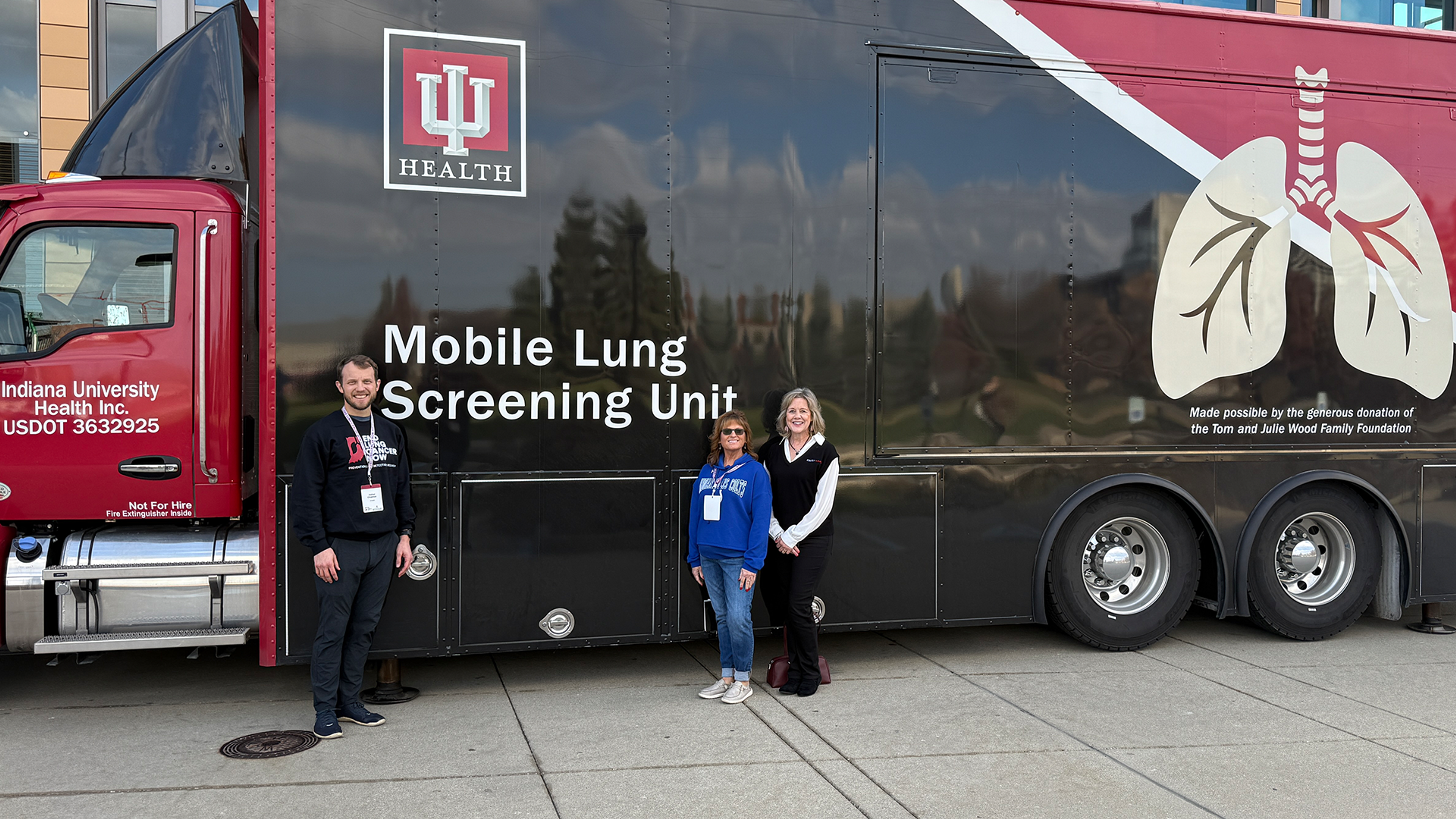

Luna’s Light: Shining Hope on Lung Cancer
A cancer diagnosis is terrifying for anyone. Like many types of cancer, lung cancer often goes undetected until it has progressed to an advanced stage and began spreading to other parts of the body. Sadly, this then causes lung cancer survival rates to be low.
Luna Okada considers herself one of the fortunate ones. She was diagnosed with stage 4 lung cancer in 2012, and she is still alive today. In 2012 the life expectancy of a stage 4 lung cancer patient was 6 to 12 months, with a 5-year survival rate of 2%. As an active, healthy, 54-year-old wife and mother of 2 adult children Luna felt that, "I was staring at mortality in the eye.”
Luna and her family had just returned from an epic hiking trip to Ecuador and Peru, which included Machu Picchu. She was as “fit” as she had been in years after training for the trip, knowing the elevation of the Andes Mountains and the physical challenge she was facing. She was certain that her abdominal pain was from a G.I. bug picked up during her recent travels.
Her husband, who is a physician, was concerned that her liver felt large, which prompted an emergency room trip. She learned there was a small tumor in her right lung, and her liver was loaded with tumors, as were most of her bones. After a few days in the hospital for more tests, she was told that she had stage 4 lung cancer. Luna and her friends and family were stunned.
Symptoms and causes of lung cancer
Luna does not have the typical story of discovering lung cancer. “I did not have risk factors - I'm a never-smoker, I did not grow up in a smokers' home, I never worked in a hazardous environment, and I have no family history of lung cancer,” Luna says. My first symptom was a sudden onset of abdominal pain. I had no other symptoms; no coughing, no shortness of breath.”
Other symptoms of lung cancer according to American Cancer Society can include wheezing, coughing up blood, weight loss with no known cause, loss of appetite, hoarseness, respiratory infections that keep returning or won’t go away, feeling very tired all the time, or an overall general feeling of being unwell.
The American Lung Association reports the top causes of lung cancer as:
- Smoking is the number one cause of lung cancer, responsible for 90% of lung cancer cases.
- Radon is the second-leading cause of lung cancer and the number one cause of lung cancer in non-smokers. Radon is a colorless, odorless radioactive gas. It is naturally occurring and caused by the breakdown of radioactive elements in soil and rocks.
- Hazardous chemicals and materials such as asbestos, arsenic, cadmium, chromium, nickel, and some petroleum products are examples of carcinogens people are exposed to either at home or in the workplace.
- Particle pollution in the air we breathe, such as from automobile and industrial exhaust smoke, can cause lung cancer.
- Genetics can play a role in one’s chance of developing lung cancer. If others in your family have had lung cancer, you may be at higher risk.
Luna’s lung cancer treatment journey
Luna’s treatment included genetic testing of her tumor to confirm the type of lung cancer she had and to direct a treatment plan. This initial genetic testing did not identify either of the two DNA variants (mutations) known to cause lung cancer at the time that were treatable with oral chemotherapy. Therefore, her treatment began with a traditional IV chemotherapy regimen.
After two chemo rounds, her disease had progressed. At that time, a new DNA variant was described in medical literature in a gene called ROS1. New studies indicated that lung cancer caused by variants in ROS1 appeared to respond to an oral chemotherapy drug called Xalkori, (crizotinib), which she began taking.
Xalkori can turn the switch off in cancer cells, slowing or stopping these cells from dividing abnormally. A limitation of Xalkori is that it does not cross a brain and spinal cord protective layer called the 'blood-brain barrier'; therefore, central nervous systems are vulnerable to cancer spreading to the brain and spinal cord.
About 5 years into her treatment, Luna was found to have a small metastatic brain tumor. Thankfully, stereostatic radiosurgery (SRS) successfully radiated her tumor.
The need for lung cancer awareness
Lung cancer is the leading cause of cancer deaths in the United States and Canada, accounting for 1 in 5 cancer deaths in the U.S. and 1 in 4 cancer deaths in Canada. These are alarming health facts, but equally disturbing can be the stigma associated with lung cancer that negatively impacts lung cancer patients and their families.
“Let’s stop the stigma. ANYONE with lungs can get lung cancer,” states Luna. “Although, I do not know what my lifetime radon exposure is, besides merely having lungs, radon is the only tangible risk factor I have.” After Luna’s lung cancer diagnosis, she had her home tested for radon and mitigated.
November is Lung Cancer Awareness Month
Lung Cancer Awareness Month is a reminder that the lung cancer journey is scary and challenging, but there is hope. After living with lung cancer for 12 years, Luna has continued to defy the odds. Luna says, “I have exceeded my expiration date by more than a decade. I've lived long enough to launch my children, to work until retirement, and become a grandmother. I am grateful.”
Stories like Luna’s help raise awareness of this deadly disease which can lead to early detection, better treatments, and healing for those affected by lung cancer.
Luna, we are grateful you are here and grateful to know you!
Click here to stay informed about radon industry news and product discounts.
Published
November 12, 2024




